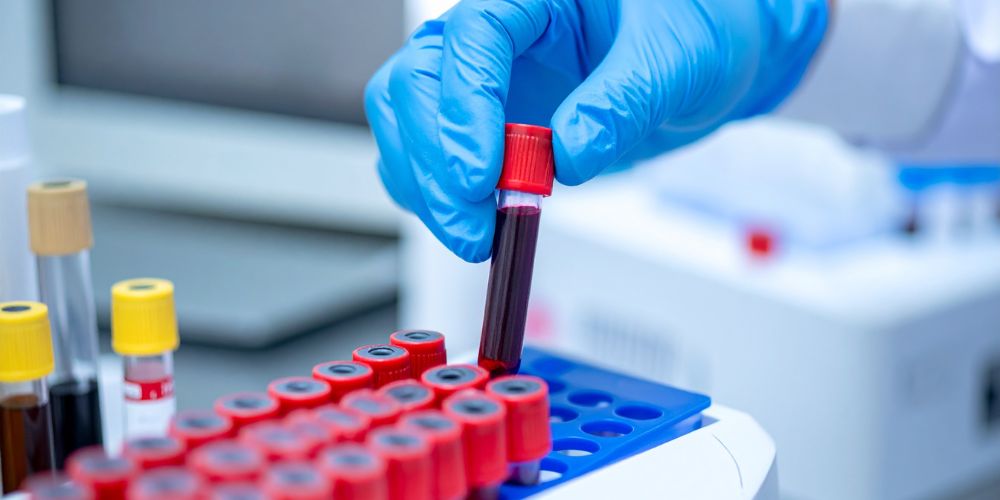
When University of Texas at Arlington researcher Paul J. Fadel and his colleagues launched a study on vascular health in people with chronic kidney disease, they expected to better understand a long-standing belief. For years, scientists have pointed to a blood marker called ADMA—asymmetric dimethylarginine—as a warning sign for vascular problems.
But the team's findings, recently published in the American Journal of Physiology-Renal Physiology, told a different story.
Instead, another blood marker, SDMA—symmetric dimethylarginine—long considered mostly inactive, showed a stronger connection to vascular health than ADMA.
"The background premise of the study is that people with chronic kidney disease do not die from their kidney problems. They die from cardiovascular disease," said Dr. Fadel, who runs UT Arlington's Human Neural Cardiovascular Control Lab. "We wanted to better understand that connection by examining blood vessel function."
Related: UTA retains top-tier U.S. research status
As is the case sometimes in research, the findings weren't entirely what the team expected. While confirming that SDMA is strongly related to kidney function, the study also revealed an unexpected twist—that it may flag early vascular problems more effectively than ADMA in people with chronic kidney disease.
Neither marker is a perfect predictor, Fadel said, but the discovery could help shape how doctors track and treat patients. Focusing on individuals with moderate kidney disease, the study found that higher SDMA levels—but not ADMA—correlated with weaker blood vessel function. In plain terms, SDMA may help identify at-risk patients earlier, potentially before dialysis becomes necessary.
Related: UTA professor investigating the role of T Cells in cardiovascular disease
"We focused on patients with moderate chronic kidney disease, primarily stage 3, because intervention is still possible to offset the cardiovascular problems that arise with further disease progression and being put on dialysis," Fadel said.
This research suggests that measuring SDMA levels may provide a better approach to monitoring vascular function in patients with kidney disease than relying on ADMA. However, the strength of associations was modest, potentially limiting the role of SDMA as a standalone predictor of vascular dysfunction. Fadel said more research is warranted.
Fadel served as a lead investigator on the project. Coauthors included UTA postdoctoral fellows and doctoral students, as well as physician collaborator Ponnaiah Mohan.
About The University of Texas at Arlington (UTA)
Celebrating its 130th anniversary in 2025, The University of Texas at Arlington is a growing public research university in the heart of the thriving Dallas-Fort Worth metroplex. With a student body of over 42,700, UTA is the second-largest institution in the University of Texas System, offering more than 180 undergraduate and graduate degree programs. Recognized as a Carnegie R-1 university, UTA stands among the nation's top 5% of institutions for research activity. UTA and its 280,000 alumni generate an annual economic impact of $28.8 billion for the state. The University has received the Innovation and Economic Prosperity designation from the Association of Public and Land Grant Universities and has earned recognition for its focus on student access and success, considered key drivers to economic growth and social progress for North Texas and beyond.






